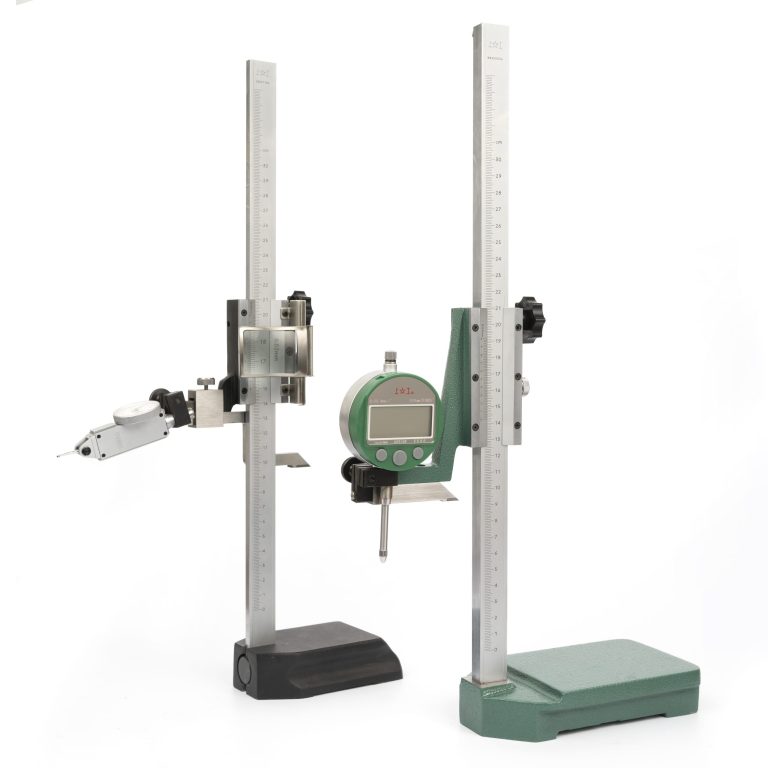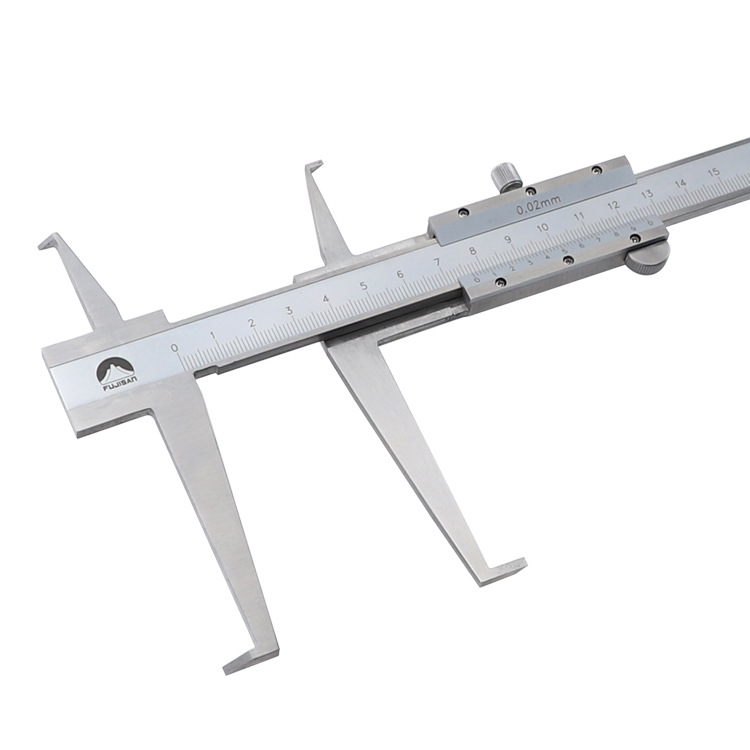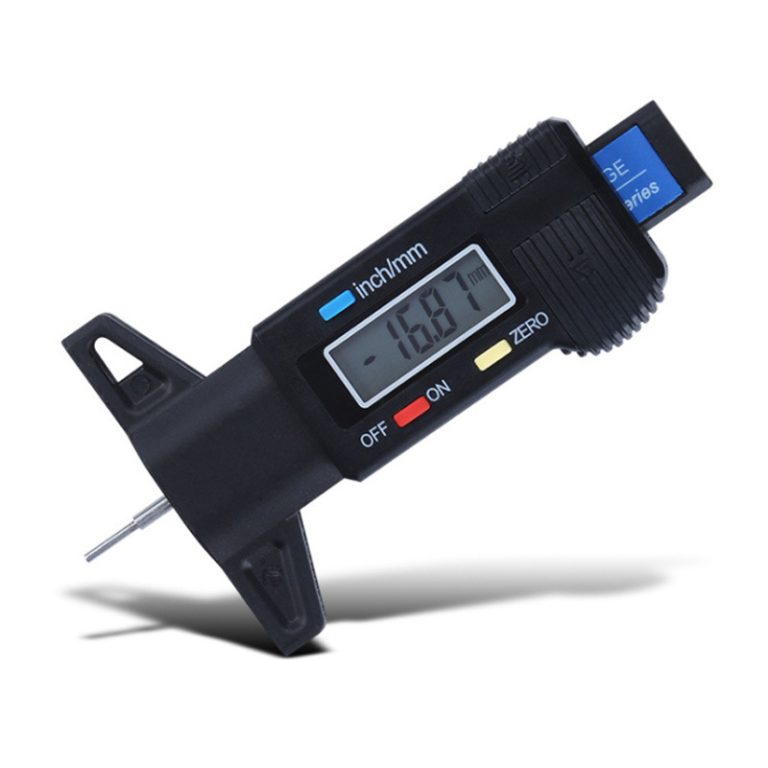Care este diferența dintre o freză și un burghiu?
Care este diferența dintre o freză și un burghiu?
Freză: O freză este o unealtă rotativă cu unul sau mai mulți dinți. Când lucrezi, fiecare dinte de cuțit taie intermitent pe rând alocația piesei de prelucrat. Frezele sunt utilizate în principal pentru planuri de prelucrare, trepte, caneluri, forming surfaces and cutting off workpieces on milling machines. To ensure that a sufficiently high average chip thickness/feed per tooth is used, the correct number of milling cutter teeth for the operation must be determined.
În general, milling cutters are divided into:
1. Flat-end milling cutter for rough milling, removing many blanks, and fine milling of small horizontal planes or contours.
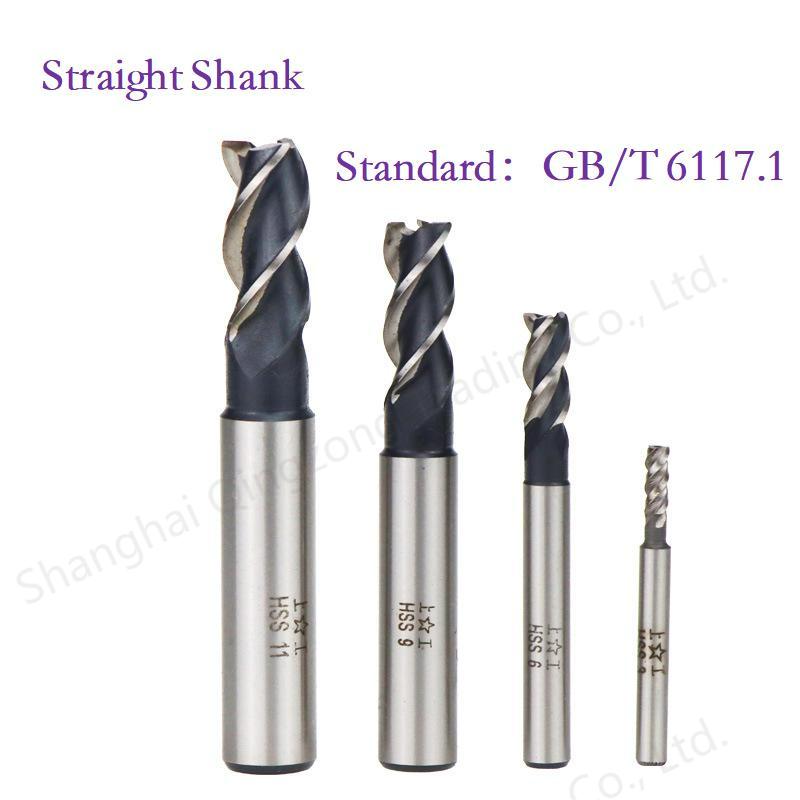
2. Ball end milling cutter, for semi-finishing and finishing milling of curved surfaces; small ball end milling cutter can finish milling of small chamfers on steep surfaces/straight walls and irregular contour surfaces.
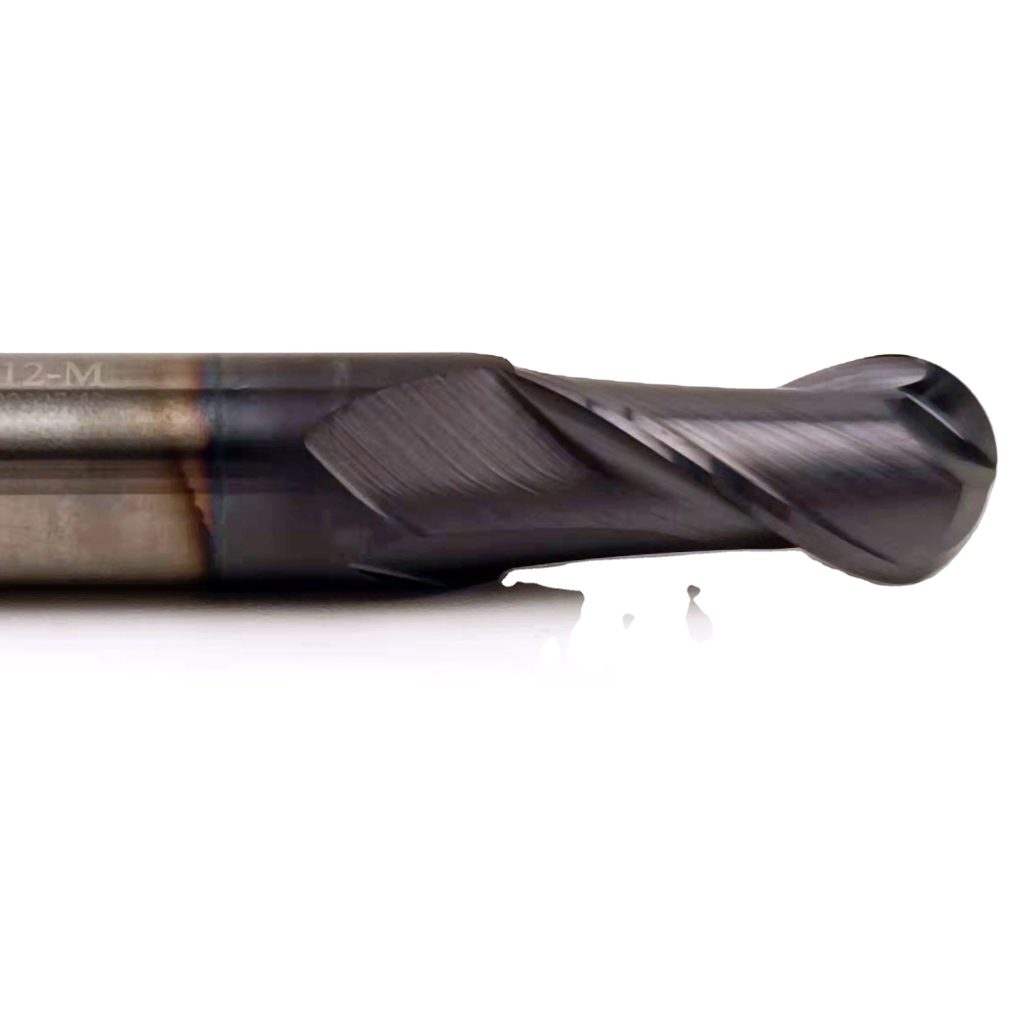
3. The flat-end milling cutter has a chamfer, which can be used for rough milling to remove many blanks and finely milled with small chamfers on flat surfaces (relative to steep surfaces).
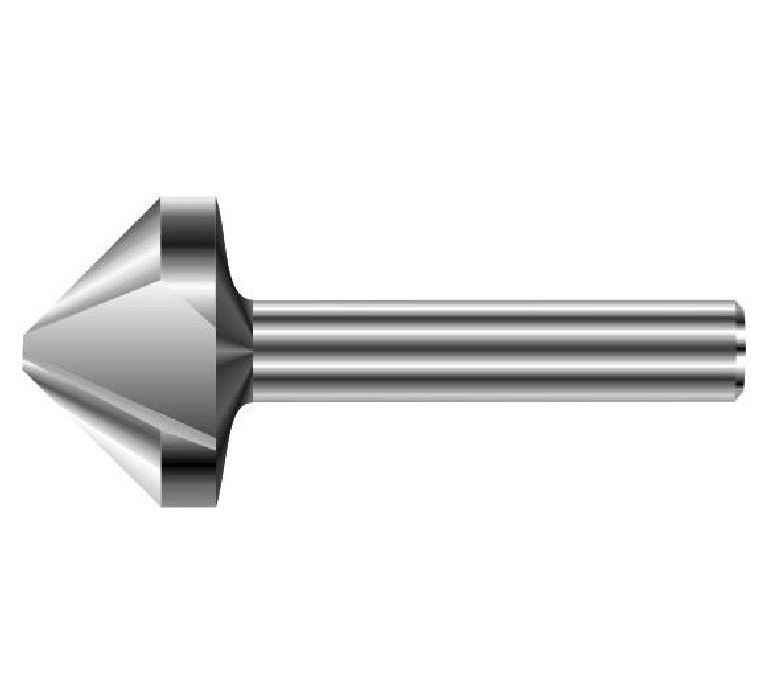
4. Forming milling cutters, including chamfering, T-shaped milling or drum-shaped, tooth-shaped, and inner R cutters.
5. Chamfering cutter, the shape of the chamfering cutter is the same as that of chamfering, divided into milling cutters with rounded chamfers and bevelled chamfers.
6. T-shaped knife can mill T-shaped slots.
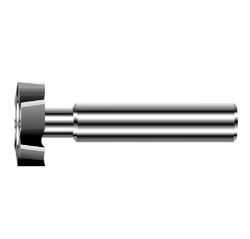
7. Tooth cutter, milling out various tooth shapes, such as gears.

8. Rough leather knife, a rough milling cutter designed for aluminum-copper alloy cutting, can be processed quickly




